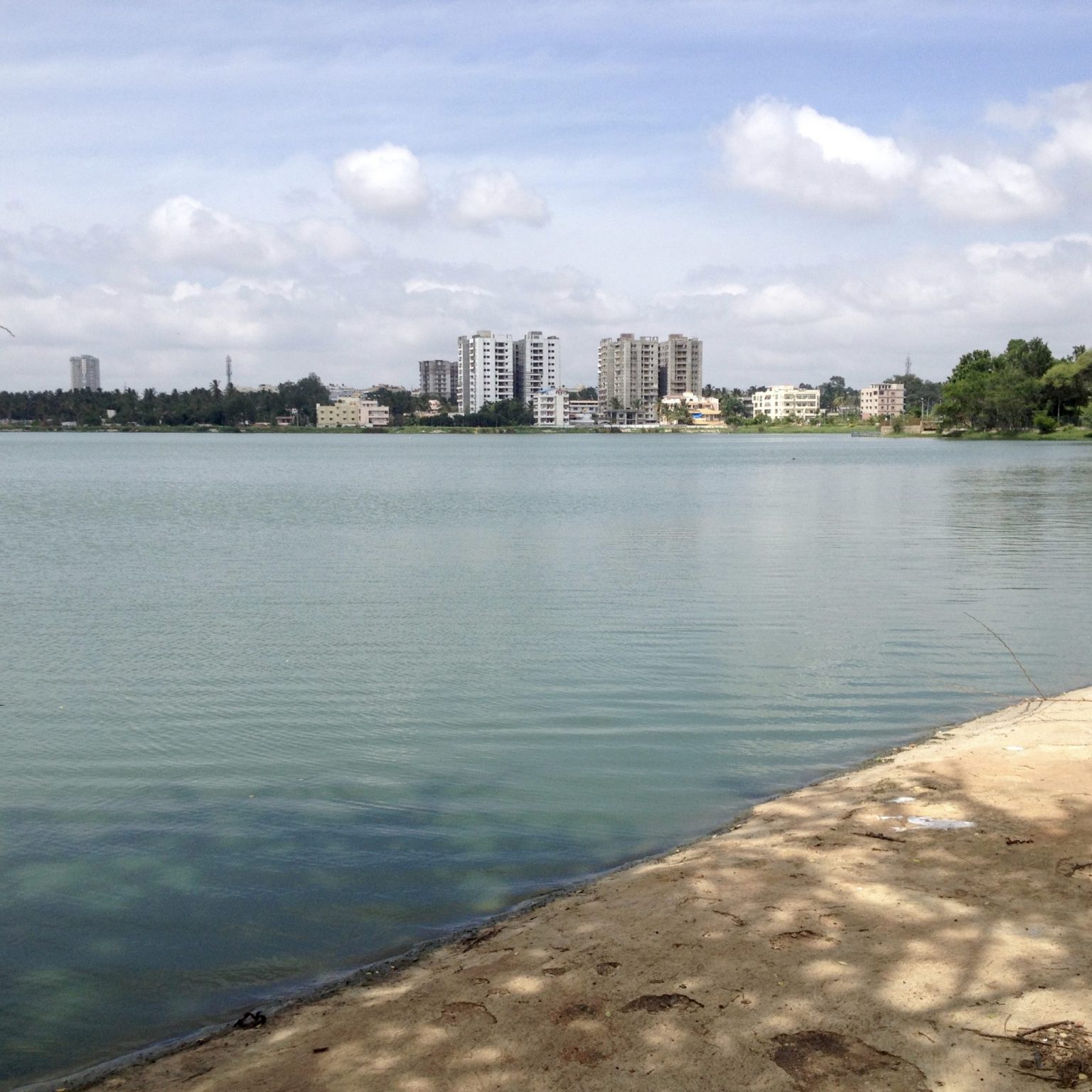Courtesy : .frontiersin.org
Green city
ban areas play a key role in reaching global sustainability as they produce a high amount of waste and emissions, consume a lot of resources, and perform as the prime mover of the global economy. Unsustainable urbanization will generate multidimensional impacts on the earth’s socio-ecological system that is nearly impossible to be managed. As a preemptive action, urban sustainability has been considered as one of the most important targets in the Sustainable Development Goals. Within this context, the green city has emerged as a widely adopted concept around the globe. In the Global North, the concept of a green city has been incrementally developed as efforts to mainstream green infrastructure and nature-based solutions approaches in supporting ecosystem services. Quite the contrary, in the Global South cities, due to their rapid and vast urbanization process, the green city has been fragmentally adopted. Previous studies have proposed three factors, i.e., urbanization, biophysics, and governance, underlying the different approaches of green city development between cities in the Global North and South. Still, more studies are needed to explicate these factors and how these will in turn shape a particular green city trajectory in Global South cities. This study aims to respond to these questions based on green city experimentation in Indonesia. An exploratory study was done based on a literature review and participant observation. The results exhibit that the green city program in Indonesia largely focused on the development of green open spaces which has ultimately failed to improve the urban environment and sustainability. Incorporating local socio-ecological aspects coupled with integrated multi-level and multi-actors’ governance is recommended to increase the green city performances.
Introduction
Urban areas have become a key geographical area to address sustainability issues due to their massive ecological implications, i.e., waste and emission production and ecological footprint, that have not only affected in-situ environment but also the global environment (Acuto et al., 2018; Zinkernagel et al., 2018). On the other hand, urban areas also strongly interlinked with global socio-economic dynamics as almost 60% of the world’s population live in these particular areas (UNDESA, 2018) and they function as the key locus of global economic growth (Acuto et al., 2018; World Bank, 2020). Less surprisingly, urban sustainability has become an increasingly prominent topic of discussion, including in the global policy discourse where urban areas or cities are part of the United Nations Sustainable Development Goals (UN SDGs).
Amid the rising prominence of urban sustainability agendas, the green city has come to the fore as one of the most widely adopted concepts across the globe, both in the Global North and South. At the outset of green city’s experimentation, more emphasis was given to minimizing environmental impact by increasing efficient use of energy, water, and land as well as reducing waste and emissions (EIU, 2012; Liendfield and Steinberg, 2012; Venkatesh, 2013).
Along with the rising global challenges, especially within the context of climate change, the socio-ecological approach has gained increased traction in the current iteration of green city’s adoption. Natural processes (i.e., water, nutrient, energy, and carbon cycles) have been more carefully considered to derive ecosystem services (ES) for supporting human well-being (Elmqvist and Mcdonald, 2013). In particular, green infrastructure (G




